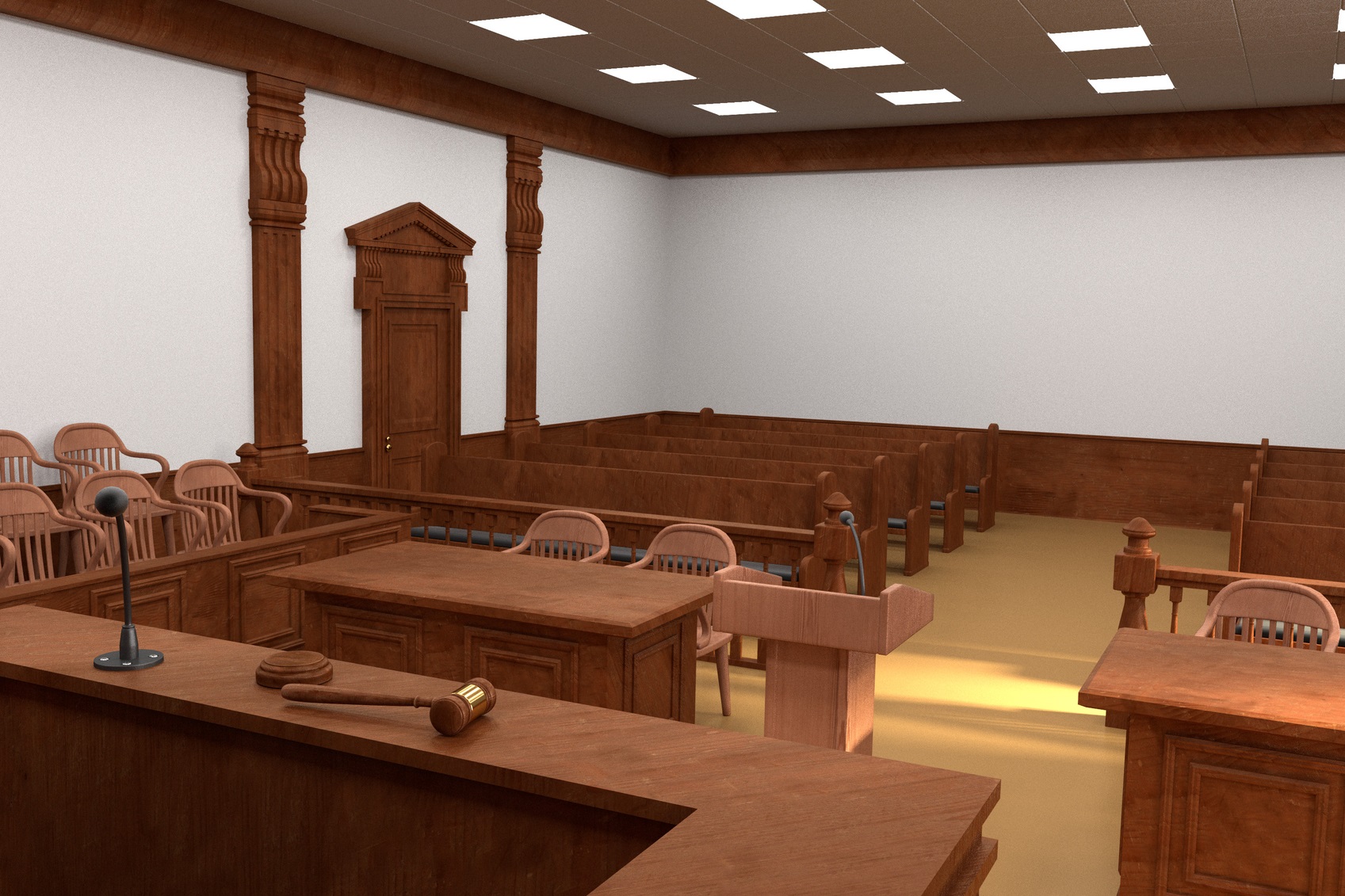October 7, 2016
Private: Shutting Down The Judiciary Shuts Out Americans
Lena Zwarensteyn
This week, the Supreme Court opened its October Term with only eight justices to hear oral arguments. In the 237 days the Court has operated at less than full capacity, the Senate Majority Leader Mitch McConnell (R-Ky.) has remained steadfast in his refusal to allow the chamber he leads the opportunity to fulfill its constitutional duty to provide “advice and consent” on President Obama’s nominee. While President Obama’s nominee to the Supreme Court, U.S. Court of Appeals for the District of Columbia Chief Judge Merrick Garland, has been patiently waiting for any signal of a public confirmation hearing, he joins a cadre of other languishing judicial nominees. The vacancy on the Supreme Court is mirrored in federal courts across the country and is reaching crisis proportions. As Professors Michael Gerhardt and Richard Painter note in their new Issue Brief, “The New Normal: Unprecedented Judicial Obstruction and a Proposal for Change,” there are 108 current and future vacancies in our federal courts. This represents more than 10% of our federal judiciary, and the shutdown of this vital branch of government means that Americans are shut out.
Americans seeking their day in court do so in a judicial system that is significantly overburdened and understaffed. The Senate Majority claims they have done enough, yet they have not even done the minimum to ensure that justice is administered in a fair and efficient matter. Since the Republicans took over the Senate leadership in 2015, they have only confirmed 22 Article III judicial nominees to the Courts. Compare this to other presidents who faced oppositional Senate leadership: President George W. Bush had 68 judges confirmed in his final two years in office and President Bill Clinton had 73 judges confirmed in his final two years in office. One has to go back to the 1950s to find a remote comparison, and even then President Dwight Eisenhower had twice as many judges confirmed in his final two years (44 judges) compared to President Obama.
Yet confirmations only tell half the story. The increasing number of vacancies is what makes the shockingly low number of confirmations devastating. Typically the number of vacancies declines in the final months of a presidency, but the lack of Senate action is causing a significant spike in the number of vacancies. This number is only likely to increase as more judges announce retirement or their taking senior status. Since the start of 2015, the number of vacancies has more than doubled - from 43 to 92 current vacancies (with more on the way). And the number of judicial emergencies has increased nearly three times - from 12 to 35. At this point in President Bush’s eighth year in office, the number of vacancies decreased to 34.
With more than 10 percent of the federal judiciary currently vacant and that number only increasing, the Senate needs to do its job. Very early on in President Obama’s term in office, Majority Leader McConnell declared his intent to obstruct and has been shutting down the judiciary since. This is inexcusable. The Senate already left D.C. for recess.
The lame duck session represents the last opportunity for the Senate to consider and provide up-or-down votes for 54 pending judicial nominees, 25 of which await their final floor vote. Beyond this, more needs to be done to restore the judiciary. Professors Gerhardt and Painter set forth suggestions for breaking through the obstruction. It is with their suggestions and a significant amount of hard work that we can make progress.





